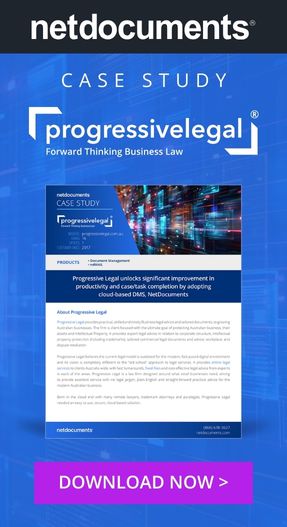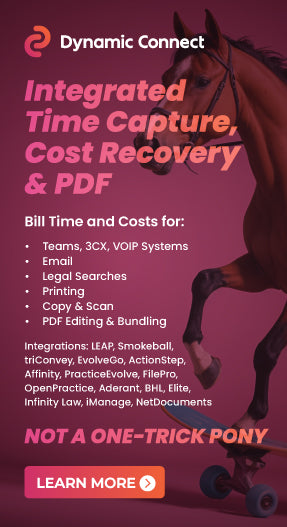
Tranche 2 Unlocked: Guide to KYC Compliance for Legal
The legal industry is entering a new era of compliance with the introduction of Tranche 2 legislation. This long-anticipated regulatory shift will bring law firms and other designated non-financial businesses and professions (DNFBPs) under the same Anti-Money Laundering and Counter-Terrorism Financing (AML/CTF) obligations that financial institutions have followed for years.
For legal professionals, this means adapting to stricter requirements around client due diligence, risk assessment, and transaction monitoring. While these changes present challenges, they also create an opportunity for firms to modernise their approach to compliance and leverage technology to streamline processes.
Why is Tranche 2 Being Introduced?
Tranche 2 is designed to close gaps in Australia’s AML/CTF framework. Law firms, accountants, real estate agents, and other professionals often handle high-value transactions that can be exploited for money laundering and financial crime. By extending AML/CTF regulations to these sectors, Australia is aligning with global standards to increase transparency and prevent illicit financial activities.
New AML/CTF obligations under the Amendment Act will apply from 1 July 2026 for Tranche 2 entities that provide new designated services. These entities will be able to enrol with AUSTRAC from 31 March 2026. Whilst it may seem some time, firms should not wait to act. Early preparation will be key to ensuring a smooth transition and avoiding compliance risks down the line.
The Impact on Law Firms
Tranche 2 will introduce several new compliance requirements that will significantly impact the way law firms operate. Some of the key obligations include:
- Client Due Diligence (CDD) – firms must verify client identities and assess their risk levels before establishing a business relationship.
- Ongoing monitoring – compliance doesn’t end at client onboarding; firms must continuously monitor transactions for suspicious activity.
- Record-keeping – detailed records of identity verification and risk assessments must be maintained for regulatory reporting and potential audits.
-
Risk-based approach – firms will need to tailor their AML/CTF programs based on the risk profile of their clients and services.
These changes will require law firms to rethink their current processes and ensure robust compliance frameworks are in place.
The Risks of Non-compliance
Failure to comply with Tranche 2 obligations can lead to serious consequences. Regulators will have the authority to impose financial penalties, enforce remediation measures, and even pursue legal action in cases of severe breaches.
Beyond regulatory penalties, non-compliance can damage a firm’s reputation and erode client trust. Law firms rely on credibility and confidentiality, and a failure to meet compliance obligations can result in lost business and long-term reputational harm.
Many firms still rely on manual compliance processes, which can be inefficient and prone to errors. As regulations become more stringent, these outdated methods will no longer be sufficient.
The Role of Automation in Compliance
Technology is set to play a crucial role in helping law firms meet their new AML/CTF obligations efficiently. Digital identity verification solutions can streamline the client onboarding process, reducing the administrative burden while ensuring compliance.
Automated KYC solutions offer several advantages, including:
- Faster and more accurate identity verification by cross-referencing client details with multiple data sources.
- Reduced reliance on physical documents, minimising the risk of fraud and lost paperwork.
- Enhanced fraud detection through biometric verification and AI-driven risk assessment.
- A digital audit trail makes demonstrating compliance to regulators easier.
By integrating these technologies, law firms can comply with Tranche 2 and improve operational efficiency and client experience.
Steps Law Firms Should Take Now
To prepare for Tranche 2, law firms should take proactive steps to ensure they are ready for the new compliance requirements. Key actions include:
- Assess current compliance processes – conduct a gap analysis to determine what changes must be made.
- Develop an AML/CTF policy – establish clear internal procedures for client due diligence, risk assessment, and ongoing monitoring.
- Train staff – ensure that employees understand their responsibilities and can identify potential compliance risks.
- Implement digital identity verification – invest in technology that automates KYC processes and reduces manual workload.
-
Partner with trusted compliance experts – work with technology providers specialising in AML compliance to ensure a seamless transition.
The Future of AML Compliance
The introduction of Tranche 2 is just the beginning of a broader shift in managing AML compliance. Over the next few years, advancements in digital identity verification, mobile driver licences, and decentralised identity solutions will continue to reshape the regulatory landscape.
For law firms, staying ahead of these developments will be critical. Those who embrace digital compliance solutions early will be better positioned to navigate future changes and maintain a competitive edge in an increasingly regulated environment.
Tranche 2 represents a fundamental shift for the legal industry, but it also presents an opportunity for firms to modernise their compliance processes. By acting now and leveraging technology, law firms can meet their new regulatory obligations, improve efficiency, enhance client trust, and future-proof their operations.
With the right strategies in place, compliance can be more than just a regulatory requirement; it can be a strategic advantage.
Access the webinar Tranche 2 Unlocked: The Legal Industry’s Guide to Compliance and KYC Innovation.







